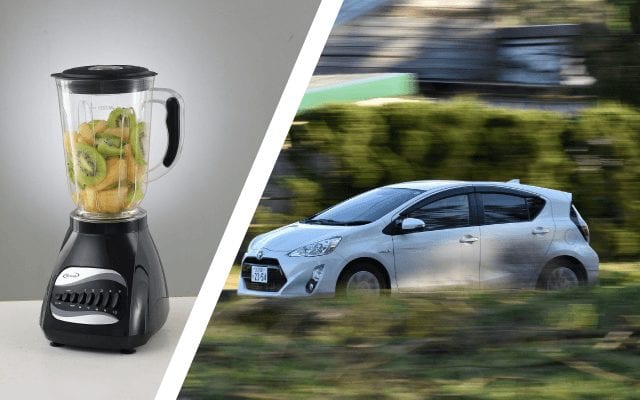Leading Links 2020, Issue 10
Given that we usually send Leading Links out the last Tuesday of the month, and that tends to conflict with holidays in November and December, we’ve combined the two months into a single issue that we’re sending our a bit earlier (or later). A few quick items before this month’s round-up:
- Join us this Thursday, December 10 for The 2021 Learning Business Landscape
- Be sure to follow us on LinkedIn for additional resources
- Use this newsletter as team learning tool. Forward it with comments and questions. Discuss items in it together. Save it in a dedicated folder.
Now, on to the links:
[Leadership] Becoming a Better Leader – and Knowing It
It’s cliche to say that disruptive times call for leadership, but hey, cliches are cliches for a reason. Certainly, there are few of us who – regardless of our roles – would not benefit from strengthening ourselves as leaders as we look to 2021. Of course, it’s not always easy to tell whether you are a good leader, but this Fast Company post can help you determine where you stand. The good news, is that anyone can learn to be a better leader – and this Harvard Business Review post offers a learning-based approach to help you out.
[Strategy] Moving Beyond “Normal”
We won’t – and shouldn’t – return to “normal,” Joy Davis argues persuasively in this Velvet Chainsaw post. “An obsession with what the world once looked like,” says Davis, “and getting back to that will also keep you from seeing what it could look like, and what you can do about that right now.” Amen. To get a bead on “right now,” we strongly recommend taking a cue from Seth Kahan’s efforts to talk to 100 CEOs (which we discuss in this interview with him) and start reaching out to as many learners as you can. It would be a beautiful day if every learning business had a page like this one on the Strada website (scroll down) where staff, board members, and subject matter experts could hear from actual learners about the “normal” they are facing – and, of course, use those perspectives and insights to drive strategy.
[Portfolio] Hybrid Event Hype and Hope
You don’t have to be paying much attention to the event industry these days to know that “hybrid” has become the buzziest of buzz terms. We are – if we believe the hype – headed to a future in which face-to-face and online attendance at events seamlessly unite. Hybrid is taking center stage at convention centers, according to PCMA, and many are adding dedicated virtual event studios, reports MeetingsNet. We are, to be honest, skeptical about this trend. Blended learning clearly has a future, in our opinion, but hybrid experiences are a much bigger hill to climb. Still, we’re grateful that smart people like Arianna Rehak and Leah Lazzari are providing useful guidance on what good hybrid event design looks like.
By the way, if you want a comprehensive guide to hosting a virtual event, be sure to check out The Complete Guide to Virtual Event Creation from Event Garde and Ricochet
[Marketing] Welcome to Your Powerful New Marketing Channel
As is so often the case, it’s useful to see how the marketing world views topics that are also relevant in the education world. Content, for example. Or engagement. And, of course, this year the biggest one is virtual events. Events have always been a big part of the marketing landscape, and the shift to virtual this year has had a huge impact. Perhaps one of the longest lasting results will be that virtual events have established themselves as a valuable marketing channel – a perspective that merits some attention and reflection on the part of education providers. Many marketers are now committed to the idea of raising the bar for virtual events – possibly even making them better than in-person events. Again, a perspective for educators to ponder.
[Capacity] Connection and Appreciation Rule
There’s an excellent chance you are reading this newsletter from whatever you now refer to as your “home office.” Working from home is part of the “right now” that is likely to persist well into 2021 – and beyond in many instances. So, how do we make the best of it and help stem declines in productivity and overall capacity? One key highlighted in this Fast Company article is to be careful to sustain and cultivate social capital. Another, is this simple (and free) ingredient highlighted by Leadership Freak – one that should be practiced no matter where people are working, but arguably even more important in the WFH context.
That’s it. If you found this issue of Leading Links valuable, please share it with a colleague who may also find it valuable. (And, of course, they can get their own subscription here.)
Jeff & Celisa
Tagoras
Leading Learning
P.S. – Don’t forget to follow us on LinkedIn for ongoing resources.


 Hybrid vs. Blended Learning: The Difference and Why It Matters
Hybrid vs. Blended Learning: The Difference and Why It Matters
Leave a Reply